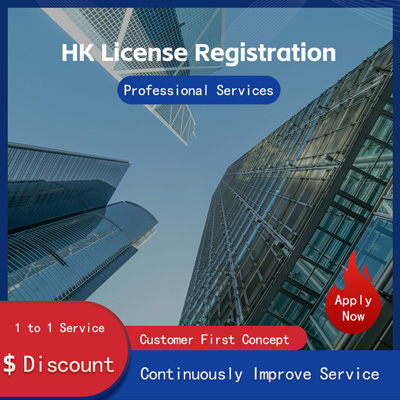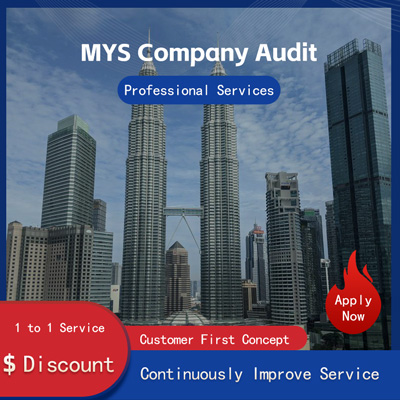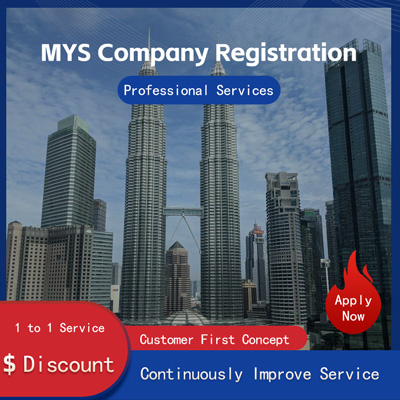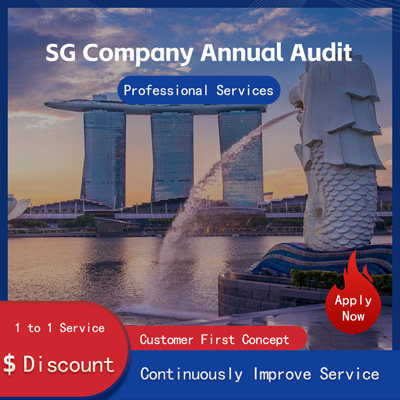
International Maritime Shipping A Detailed Explanation of the Export Process for Dry Cargo
How Does the Ocean Freight Export Process Work? A Knowledge Sharing on Dry Cargo International Maritime Shipping
In international trade, ocean freight is an economical and efficient mode of transportation, especially suitable for bulk cargo transport. Whether it's raw materials, machinery equipment, or consumer goods, shipping goods from one country to another via ocean freight has become an essential part of global trade. However, for businesses and individuals who are new to international ocean freight, understanding the entire process is crucial. This article will detail the basic process of ocean freight export and provide readers with a better understanding of this complex but orderly process through practical cases and news information.

The first step in the ocean freight export process is booking. Booking refers to the transportation contract signed by the consignor with the shipping company or its agent, clearly defining specific information about the goods such as weight, volume, and destination. This step usually requires advance planning because shipping schedules are limited and demand is high. For instance, a news report in 2025 mentioned that due to the global economic recovery driving consumption market growth, many exporters faced tight cabin availability issues. Companies should contact freight forwarders early to secure reservations and ensure timely shipment of their goods.
Next comes the customs declaration phase. Customs declaration involves submitting relevant documents to customs authorities for review. During this stage, enterprises need to prepare complete documentation, including commercial invoices, packing lists, and bill of lading application forms. They must also provide compliant commodity codes for customs classification. It’s worth noting that different countries and regions may have varying declaration requirements, so exporters need to fully understand the regulations of target markets. For example, a recent incident involving a well-known e-commerce platform being fined for incorrect declarations of certain goods serves as a reminder of the importance of compliance operations.
Once all preparations are completed, the loading and stowage phase begins. This is the process of properly packaging and loading goods into containers. During this period, it is important to pay attention to the safety of the goods and the order of placement to avoid damage caused by improper stacking. Additionally, it is necessary to check that the container is well-sealed to prevent water leakage or other incidents during transit. According to a logistics company manager, standardized pallets and modularly designed containers are gradually becoming more popular in recent years, greatly improving loading efficiency and safety.
Following this is the actual transportation phase. After the ship departs from the port of origin, it follows the predetermined route to the destination port. During this process, the shipowner is responsible for navigation safety and related affairs handling. Meanwhile, freight forwarders also closely monitor vessel movements and promptly inform clients of the latest developments. Notably, with the development of digital technology, an increasing number of shipping companies are now adopting electronic data interchange EDI systems to improve communication efficiency. For example, a large shipping group's smart platform can track the location of goods in real time, providing more precise service support for enterprises.
Upon arrival at the destination port, unloading and customs clearance become the final key steps. Unloading involves transferring goods from the ship to the dock warehouse; while customs clearance refers to completing import procedures at local customs by the consignee. If everything goes smoothly, delivery to the buyer can be arranged. However, in actual practice, situations such as delayed deliveries or tariff disputes sometimes occur. In response to these circumstances, professionals suggest conducting prior risk assessments and reserving sufficient time to handle unexpected events.
In summary, the ocean freight export process covers the entire process from booking to delivery. Although each step seems independent, they are actually closely interconnected, and any issue in one step could affect the overall progress. Choosing experienced and reputable partners is particularly important. It is hoped that the above introduction can provide readers with useful references and help more businesses set sail on the international market!
Still have questions after reading this? 26,800+ users have contacted us. Please fill in and submit the following information to get support.

Service Scope
MoreRecommended for You
- Transportation Methods for LTL Freight
- Comparison and Analysis of LTL and HTL Transportation Methods
- Analysis of Freight Transportation Problem Based on LTL Model
- Freight Types in LTL Shipping Mode in Ordinary Transportation
- LTL Logistics Pallet Standard Specifications
- Self-Pickup Guide for LTL Freight Transportation
- LTL Logistics Transportation Business Process
- FBA Shipping Costs for US Dedicated Line
- LTL Logistics Query Service
- LTL Cold Chain Transport Freight Sourcing
- LTL Freight Shipping Cost
- Calculation Method for Final Leg Freight Costs of FedEx Overseas Warehouses
- FedEx Final Mile Shipping Rate Chart
- Is the Final-Mile Fee High for FBA Sending to Italy?
- FBA Bulk Shipment Delivery Over 50 Lbs
- Advantages of FBA Clearing Services
- Explanation of Loading and Unloading Times in LTL Transportation
- Organizational Methods for Less-Than-Truckload Transportation
- FBA Overseas Warehouse Consolidation and Delivery Service
- LTL Freight Cost Calculation Method


 ONE
ONE









Customer Reviews
Small *** Table
December 12, 2024The experience was very good. I was still struggling to compare it with other companies. I went to the site a few days ago and wanted to implement it as soon as possible. I didn't expect that everything exceeded my expectations. The company is very large, with several hundred square meters. The employees are also dedicated and responsible. There is also a wall of certificates. I placed an order on the spot. It turned out that I did not make a wrong choice. The company's service attitude is very good and professional. The person who contacted me explained various things in detail in advance. After placing the order, the follow-up was also very timely, and they took the initiative to report the progress to me. In short, I am very satisfied and recommend this company!
Lin *** e
December 18, 2024When I first consulted customer service, they recommended an agent to me. They were very professional and patient and provided excellent service. They answered my questions as they came in. This 2-to-1 service model is very thoughtful. I had a lot of questions that I didn’t understand, and it’s not easy to register a company in Hong Kong. Fortunately, I have you.
t *** 7
December 19, 2024I originally thought that they only did mainland business, but I didn’t expect that they had been doing Hong Kong business and were doing very well. After the on-site interview, I decided to ask them to arrange the registration of my Hong Kong company. They helped me complete it very quickly and provided all the necessary information. The efficiency was awesome. It turns out that professional things should be done by professionals.👍
b *** 5
December 16, 2024In order to register a company in Hong Kong, I compared many platforms and stores and finally chose this store. The merchant said that they have been operating offline for more than 10 years and are indeed an old team of corporate services. The efficiency is first-class, and the customer service is also very professional.